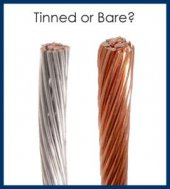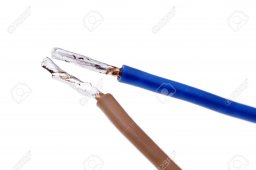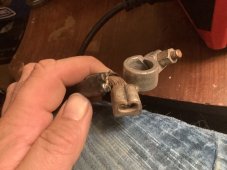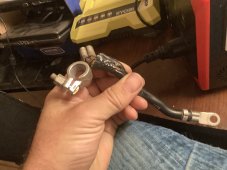Daddy Tanuki
Solar Wizard
so where does that figure in the government scheme of pricing? pretty sure this crimper I got was sold to the US for about 659999 USD in 1978 or so....Well yeah. That's why I will agree that an OK solder job is superior to a garbage crimp.
Doesn't change the fact that it has real consequences, particularly in mobile applications, and crimping is strongly recommended for that reason.
I've been soldering and crimping stuff for 20 years or so. While I understand that does not make me any sort of authority on the subject I can tell you I've had to repair a lot of really good solder joints that break where the wire leaves the lug and crimps just don't do that. Not all at once anyways.
A solder joint is usually good right until it isn't, while a crimp will break a few strands here and there which is easily found by regular inspection.
No amount of money in manufacturing will make a solder joint a superior mechanical connection without additional strain relief.
It might be 15 months or it might be 15 years later but to me a hundred dollars on a crimper for a thousand plus dollar project to have a lower chance of burning my camper down with me in it is well worth the cost.
and I picked it out of the base trash before getting out....







